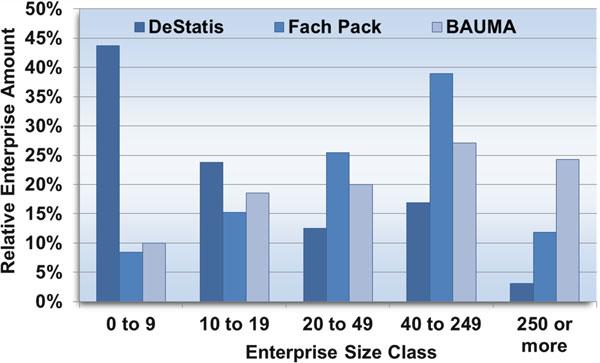vi
Preface
and Archibugi (2010) situations of weak growth, recession or stagnation of GDP, may promote discovery and innovation opportunities, while for others the economic slowdown adversely affects entrepreneurship, reducing opportunity discovery and innovation investment (Klapper and Love 2011). In a broad conception of entrepreneurs (Wennekers et al. 2005), it seems clear that the destruction of industry, typical of a slowdown or drop in GPD, implies a decrease in the number of entrepreneurs or in their activity. But this empirical finding concerns all the entrepreneurs that form the economic basis of a country, and does not distinguish how the canonical characteristics of entrepreneurs can moderate this general slowdown in entrepreneurial activity.” Regardless of the difficulties for empirically establishing the relationship between entrepreneurship and economic crisis there is, however, no doubt about the advisability of entrepreneurship and innovation for overcoming crisis situations. Chapter 5 in this book shows that the positive relationship between innovation and performance tends to reinforce itself in times of crisis and fuels the way out of recession. Finally, if, as we have argued above, entrepreneurship includes some form of innovation, most of the chapters in this book can be situated in some part or other of Shane and Venkataraman’s (2000) definition of the concept. According to Shane and Venkataraman (2000: 218) the study of entrepreneurship involves “the study of sources of opportunities; the processes of discovery, evaluation, and exploitation of opportunities; and the set of individuals who discover, evaluate, and exploit them.” Sources of opportunities are found in a firm’s economic environment and/or in its capacity to achieve new combinations of factors that can produce technical or organizational innovations. The technical and legal framework for granting credit and possible improvements to it form part of external opportunities (Chap. 15). Chapters 1 and 5 explicitly address the topics of entrepreneurship, innovation, and economic crisis. Chapters 4 and 18 deal with new combinations of factors that create opportunities based on strategic or organizational innovations. Chapter 4 proposes innovation in business to business markets based on the firm’s resources and capabilities (resource-based view) and customer retention; and the second assesses the advisability of integrating R&D activities, considering the relations between uncertainty, specificity assets, and risk of opportunistic behavior (Transaction Cost Economics). On the lines of Chap. 4, Chap. 7 takes a more general approach based on a firm’s core competencies and verifies whether competency-based management obtains better performance. Chapter 8 confirms the positive relationship between cooperative consumer-company behavior and level of trust; and Chap. 17 complements the research in Chap. 18 by examining the advisability of keeping R&D activities outside the company in a situation of economic crisis. Chapter 14 emphasizes the importance of achieving consumer confidence, as part of a customer relationship marketing (CRM) strategy, and evaluates the incorporation of the main elements of Transaction Controls Monitoring as organizational innovations that facilitate trust and customer retention. And Chap. 10 examines the advisability of the company applying unexploited potentialities to new product development (NPD) in response to the economic crisis.






